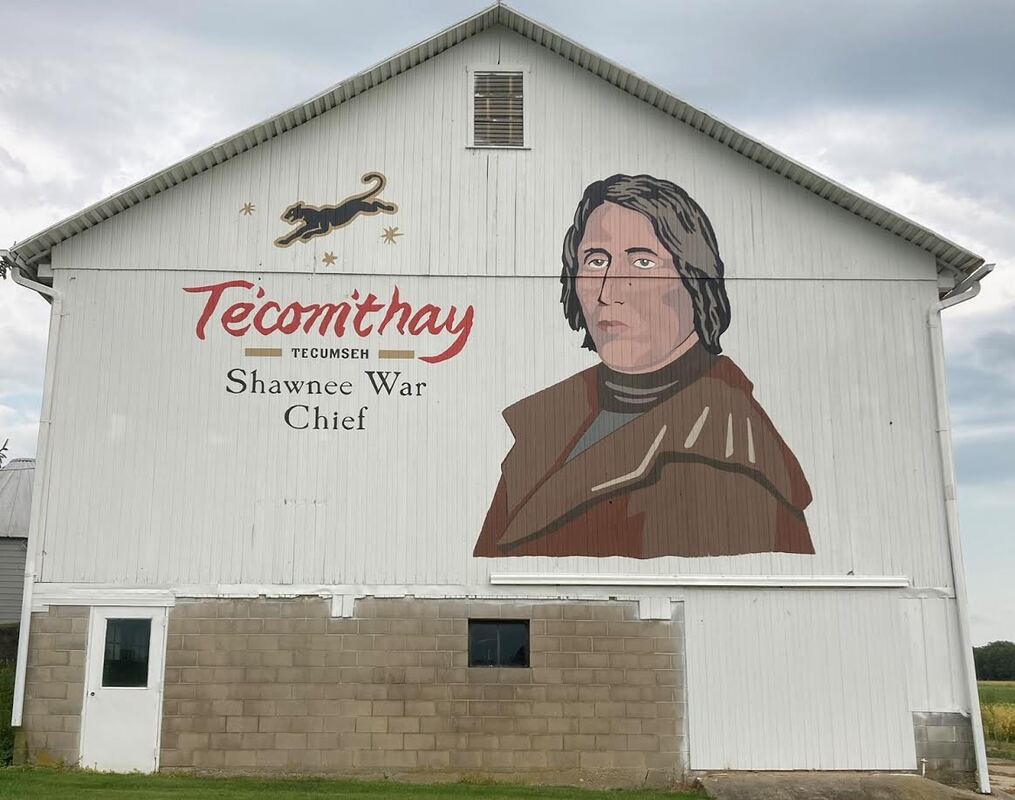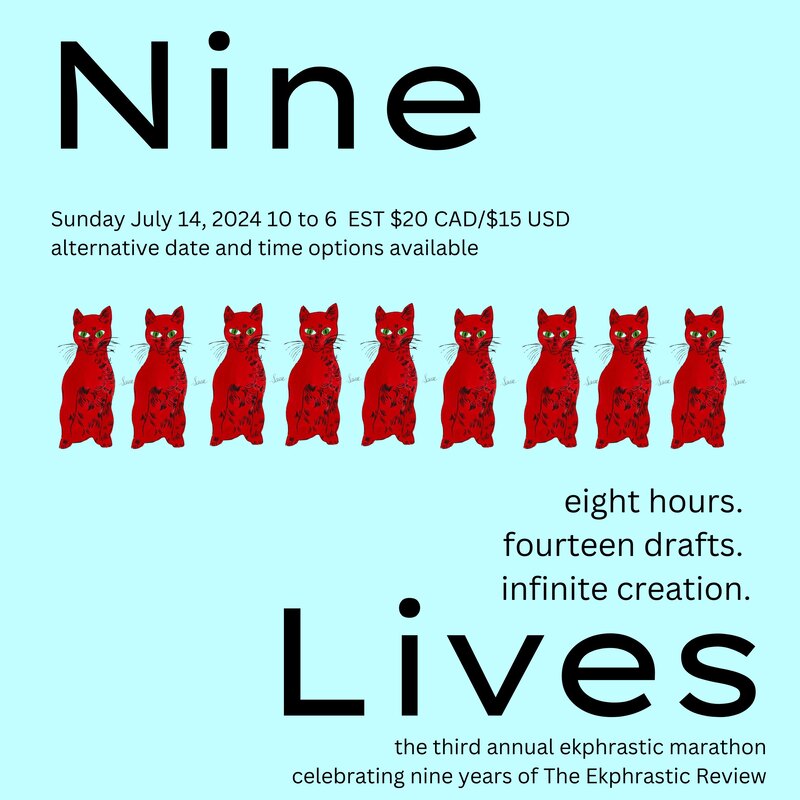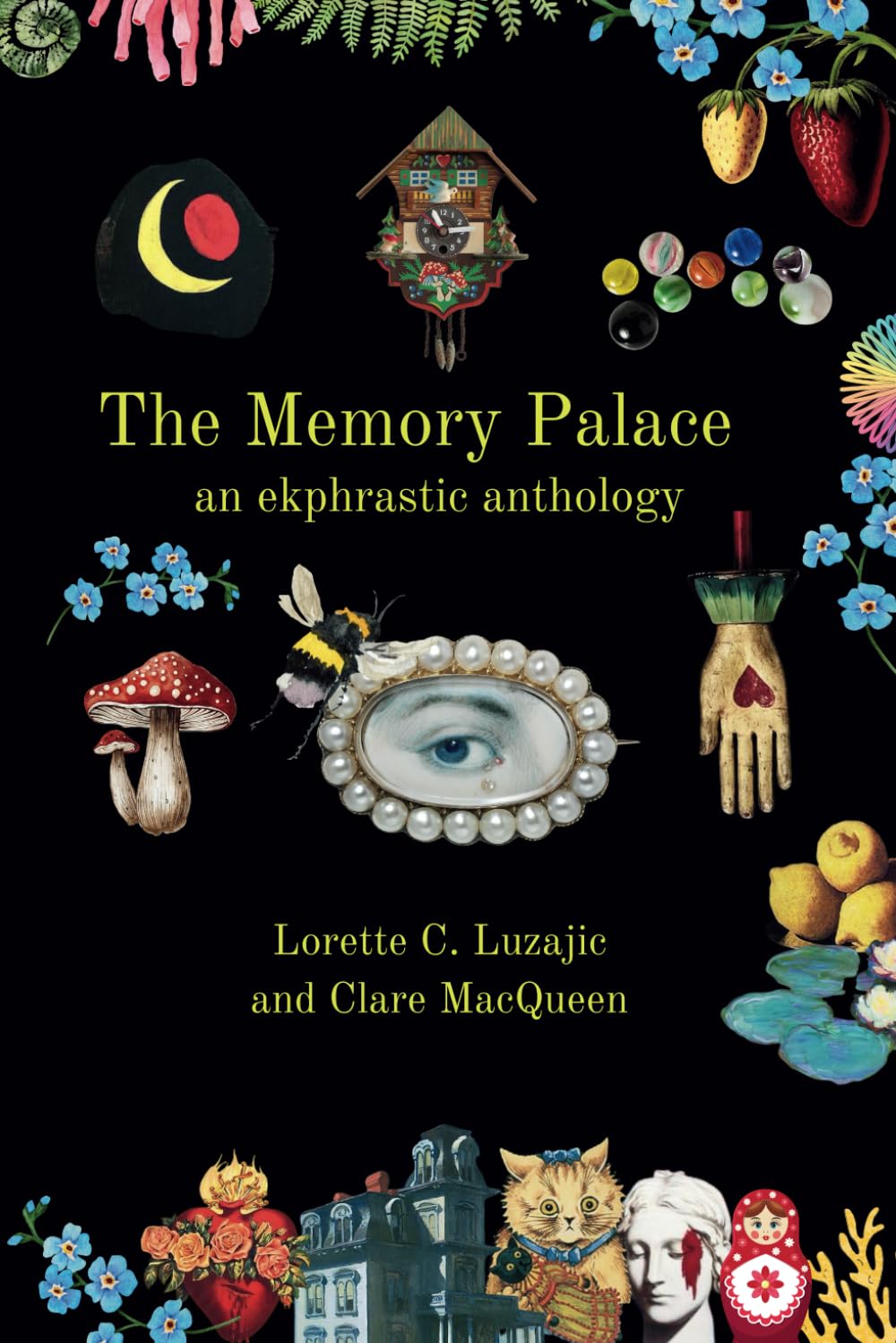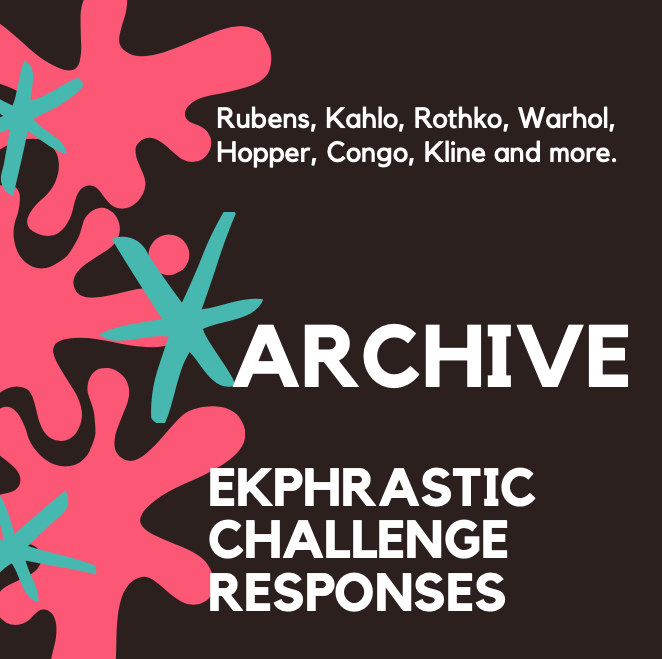|
Beyond Fallen Timbers White is the dominant tone of this barn painting that is larger than a combine harvester. On the left side, as from a cloud, a black panther leaps toward a name, the colour of blood, scrawled beneath its front paws. On the right side is the face of a man that looks white in the moonlight because of the cherry-pink paint on cheeks and nose. His colonial uniform adds to the illusion of race – like a white Jesus for a white congregation. But his eyes are painted black and at an angle to suggest both courage and sadness as they peer past the panther and across the road to where I am parked by a field. In block letters his biography is noted: Shawnee War Chief. Gold asterisks like frayed light beneath the panther add a nice touch for translating his name from Tecumseh to shooting star. However, there are no depictions of how he and his people were betrayed. I glance into the night. Lights from suburban sprawl dot the tops of trees in the distance. Those lights belong to Xenia, a city named after the Greek for “hospitality.” The Shawnee called that city and the surrounding land the “place of the devil winds.” But it wasn’t those winds that forced Shawnee families to flee Ohio over two hundred years ago. It wasn’t wind that caused them to stagger almost a thousand miles with children and elderly on their backs to lands not of their choosing in Kansas and Oklahoma. blazing comet … a snow-clad field filled with footprints Chris Bays Author's Note: This barn mural is part of the Ohio history barn program created by the Ohio History Connection. Artwork designed by Browning Design, whose work can be seen at dbrowning.com. Barn painted by Scott Hagan, whose paintings can be found at barnartist.com. Chris Bays is a father, college professor, art lover, chess player, foodie, and trekker. He received 1st place for Best Unpublished Haibun in 2017 and 2020 through the Haiku Society of America. In 2018 his poem “Waiting for Christmas in Ohio” won a Cottage Prize in the Genjuan International Haibun Contest in Kyoto, Japan. His haibun have been published yearly in the Red Moon Anthology of English-Language Haiku from 2017-2019.
0 Comments
Your comment will be posted after it is approved.
Leave a Reply. |
The Ekphrastic Review
COOKIES/PRIVACY
This site uses cookies to deliver your best navigation experience this time and next. Continuing here means you consent to cookies. Thank you. Join us on Facebook:
July 2024
|




